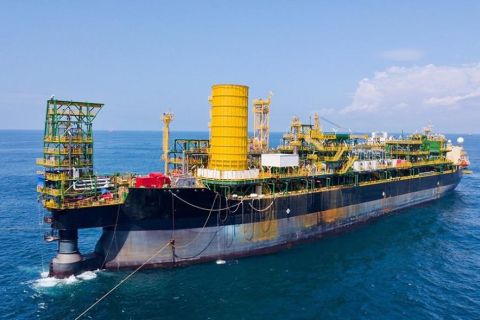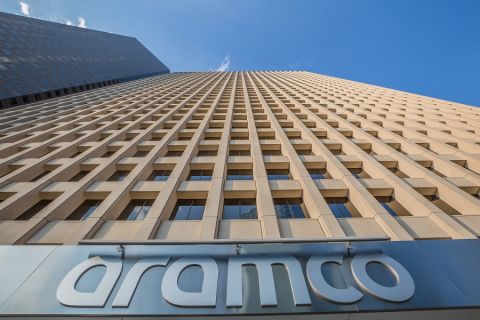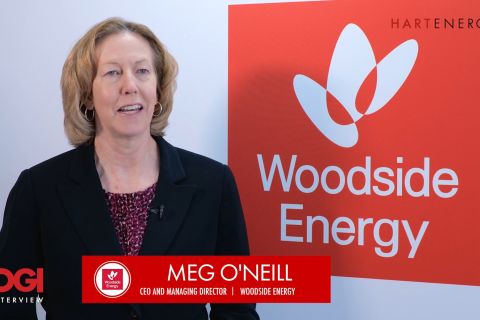The rising demand for crude oil that can more easily produce transportation fuels when refined has some Australian and Malaysian producers boasting cargoes valued at close to $70 per barrel (bbl), a hefty premium to global benchmarks.
Malaysia’s state oil company Petronas sold last week a December-loading Miri Light cargo at a premium of about $4.50/bbl to dated Brent, equivalent to about $69 at the latest prices, according to multiple traders that participate in the Asian regional crude market.
Australian Barrow Island and Cooper Basin crudes are now close to $70/bbl currently, based on premiums for grades of about $1.50/bbl to Malaysian benchmark grade Kimanis, said the traders. Kimanis itself is priced at a premium of about $4.40/bbl to dated Brent, which was assessed at $64.07/bbl on Nov. 6 by price reporting agency S&P Global Platts.
“Prices of domestic Australian grades are even higher than MCO (Malaysian Crude Oil),” an Asian trader said. “That would make them the most expensive crudes in the world.”
Demand for these grades is rising because of the short distances to Asian refineries, which prize the crude for their low sulfur content and higher yields of more valuable oil products such as diesel, the traders said.
Demand for short-haul grades has increased after the Brent oil market structure flipped into backwardation, when prompt prices are more than later prices. That means the value of the crude drops over the course of the voyage.
The refiners are willing to pay up for the Australian and Malaysian crudes rather than incur the additional time and cost of shipping Brent supplies from the North Sea, the traders said.
Typically, Asia-Pacific grades are sold to refineries in Southeast Asia and Australia or New Zealand that have a preference for low-sulfur oil.
Values for these grades have risen because of their scarcity.
Petronas and its partners Royal Dutch Shell, ConocoPhillips, Murphy Oil Corp, Pertamina sell about 6 MMbbl of Kimanis each month.
But volumes for other Malaysian grades such as Kikeh and Labuan have fallen as output declines at the mature fields.
Australia’s crude and condensate production has been below 300,000 bbl/d since September 2016, data from the country’s Department of the Environment and Energy showed. In August it was 279,000 bbl/d.
Santos Ltd produces about 30,000 bb/d of Cooper Basin crude in southern Australia, according to its website.
Santos and its partners, Chevron Corp and Mobil Australia Resources Co, a unit of Exxon Mobil Corp, produces 5,000 bbl/d of Barrow Island in western Australia, according to Santos.
Recommended Reading
Eni Finds 2nd Largest Discovery Offshore Côte d’Ivoire
2024-03-08 - Deepwater Calao Field’s potential resources are estimated at between 1 Bboe and 1.5 Bboe.
Proven Volumes at Aramco’s Jafurah Field Jump on New Booking Approach
2024-02-27 - Aramco’s addition of 15 Tcf of gas and 2 Bbbl of condensate brings Jafurah’s proven reserves up to 229 Tcf of gas and 75 Bbbl of condensate.
The OGInterview: How do Woodside's Growth Projects Fit into its Portfolio?
2024-04-01 - Woodside Energy CEO Meg O'Neill discusses the company's current growth projects across the globe and the impact they will have on the company's future with Hart Energy's Pietro Pitts.
To Dawson: EOG, SM Energy, More Aim to Push Midland Heat Map North
2024-02-22 - SM Energy joined Birch Operations, EOG Resources and Callon Petroleum in applying the newest D&C intel to areas north of Midland and Martin counties.
Galp Seeks to Sell Stake in Namibia Oilfield After Discovery, Sources Say
2024-04-22 - Portuguese oil company Galp Energia has launched the sale of half of its stake in an exploration block offshore Namibia.




